Author: Matt Crosby, Bitcoin Magazine; Compiled by Wuzhu, Jinse Finance
As we enter 2025, it's time to take a cautious approach to predicting Bitcoin's trajectory this year. By considering on-chain data, market cycles, macroeconomic data, and more, we can go beyond pure speculation to paint a data-driven picture of the coming months.
MVRV Z-Score: Massive Upside Potential
The MVRV Z-score measures the ratio between Bitcoin's actual price (the average acquisition price of all BTC on the network) and its market value. Standardizing this ratio into volatility gives the Z-score, which has historically provided a clear reflection of market cycles.
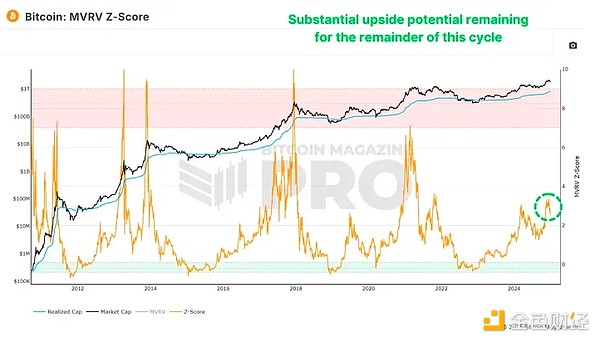
Figure 1: The MVRV-Z score shows we have a long way to go before reaching the peak of the market cycle.
Currently, the MVRV Z-score indicates we still have massive upside potential. While previous cycles have seen Z-scores reach above 7, I believe any score above 6 signals overextension, prompting us to scrutinize other indicators to pinpoint the market peak. At present, we are hovering around levels comparable to May 2017 - when Bitcoin's value was only in the thousands of dollars. Considering the historical context, the potential upside from current levels is in the hundreds of percentage points.
Pi Cycle Oscillator: Bullish Momentum Returning
Another key indicator is the Pi Cycle Top and Bottom Indicator, which tracks the 111-day and 350-day (multiplied by 2) moving averages. Historically, when these averages cross, it typically signals that Bitcoin's price will reach a peak within a few days.
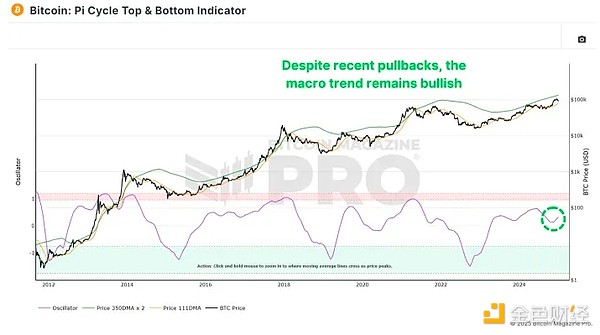
Figure 2: The macro trend remains bullish.
The distance between these two moving averages is now starting to trend upwards again, indicating a return of bullish momentum. While 2024 saw a period of sideways consolidation, the breakout we are now seeing suggests Bitcoin is entering a stronger growth phase that could last for months.
The Exponential Phase of the Cycle
Looking at Bitcoin's historical price action, cycles typically have a "post-halving cooling period" lasting 6-12 months, followed by an exponential growth phase. Based on previous cycles, we are approaching this breakout point. While gains are expected to be lower compared to previous cycles, we can still anticipate substantial growth.
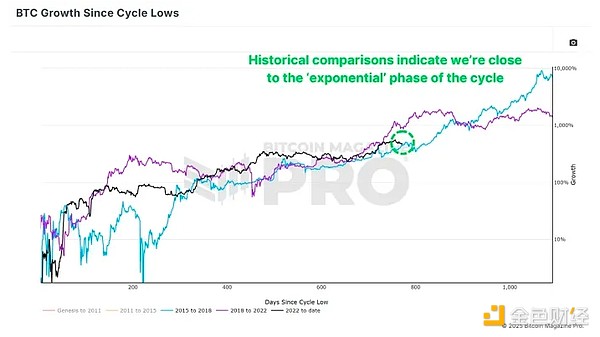
Figure 3: Compared to previous bull markets, we are approaching the most bullish phase of the cycle.
For context, the 2020 cycle's breakthrough of the $20,000 all-time high led to a peak near $70,000, a 3.5x gain. If we see Bitcoin price rise 2x or 3x from the previous $70,000 peak, then Bitcoin could reach $140,000-$210,000 this cycle.
Macro Factors Supporting BTC in 2025
Despite facing headwinds in 2024, Bitcoin has shown resilience, even as the US Dollar Index (DXY) has strengthened. Historically, Bitcoin and the DXY have moved in opposite directions, so any reversal in DXY strength could further drive Bitcoin's upside.
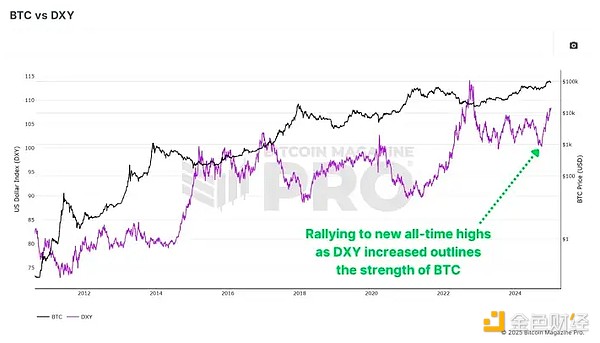
Figure 4: BTC has risen even as DXY has surged significantly.
Other macroeconomic indicators, such as the high-yield credit cycle and global M2 money supply, also suggest that the outlook for Bitcoin is improving. The monetary supply contraction expected in 2024 is anticipated to reverse in 2025, laying the groundwork for a more favorable environment.
Cycle Master Chart: The Journey Continues
The Bitcoin Cycle Master chart aggregates multiple on-chain valuation metrics, showing that Bitcoin still has substantial room for growth before reaching overvalued territory. The current ceiling is around $190,000 and continues to rise, bolstering the prospects for sustained upward momentum.
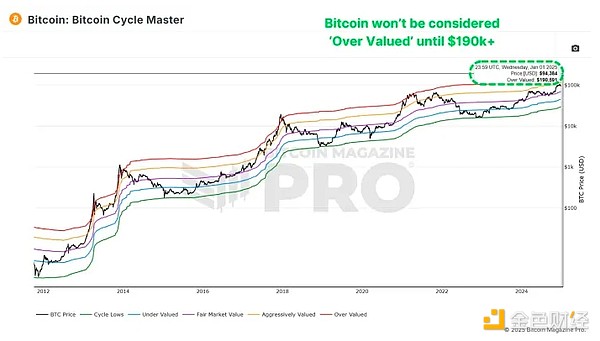
Figure 5: The "Overvalued" level on the Cycle Master has surpassed $190,000.
Conclusion
Currently, nearly all data points are bullish for 2025. As always, past performance does not guarantee future results, but the data suggests that Bitcoin's best days may still lie ahead, even after the incredible positive 2024.








